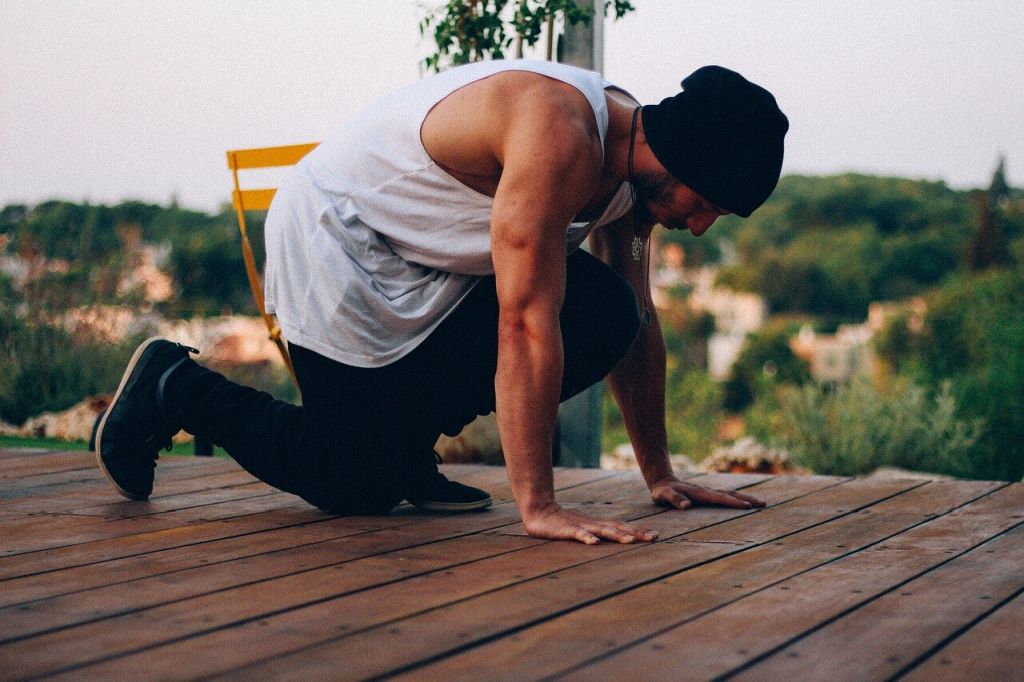The Best Calisthenics Workout Plan

Calisthenics, a form of exercise that relies on bodyweight movements, has gained immense popularity for its simplicity, versatility, and effectiveness. Unlike traditional weightlifting, calisthenics can be performed anywhere, requires no equipment, and builds functional strength, flexibility, and endurance. Whether you’re a beginner or an experienced athlete, a well-structured calisthenics workout plan can help you achieve your fitness goals. Here’s a guide to the best calisthenics workout plan, designed to challenge your body and keep you engaged.
Warm-Up: Preparing Your Body
Before diving into any workout, it’s crucial to prepare your body with a proper warm-up. Warming up increases blood flow to your muscles, enhances flexibility, and reduces the risk of injury. A good warm-up for calisthenics should last about 10-15 minutes and include dynamic stretches and light cardio.
Start with a few minutes of jogging in place or jumping jacks to elevate your heart rate. Follow this with dynamic stretches such as arm circles, leg swings, and torso twists to loosen up your joints and muscles. Incorporate exercises like high knees and butt kicks to further prepare your body for the workout ahead.
Upper Body: Building Strength and Endurance
The upper body is a primary focus in calisthenics, with exercises targeting the chest, shoulders, back, and arms. A balanced upper body workout should include pushing and pulling movements to ensure all major muscle groups are engaged.
Push-Ups
Push-ups are a cornerstone of any calisthenics routine. They work the chest, shoulders, triceps, and core. Start with standard push-ups, ensuring your body forms a straight line from head to heels. Lower yourself until your chest nearly touches the ground, then push back up. Aim for 3 sets of 10-15 repetitions. As you progress, try variations such as diamond push-ups, wide-grip push-ups, and decline push-ups.

Pull-Ups
Pull-ups are excellent for building upper body strength, particularly in the back and biceps. Find a sturdy bar and grip it with your palms facing away from you, hands shoulder-width apart. Pull your body up until your chin is above the bar, then lower yourself back down. If pull-ups are too challenging, start with assisted pull-ups or negative pull-ups, where you focus on the lowering phase. Aim for 3 sets of 5-10 repetitions.
Lower Body: Enhancing Power and Stability
Calisthenics also provides effective exercises for the lower body, targeting the legs, glutes, and hips. These exercises build strength, stability, and endurance, essential for overall fitness and athletic performance.
Squats
Squats are a fundamental lower body exercise that targets the quadriceps, hamstrings, and glutes. Stand with your feet shoulder-width apart, toes pointing slightly outward. Lower your body by bending your knees and hips, keeping your chest up and back straight. Go as low as you can while maintaining good form, then push through your heels to return to the starting position. Aim for 3 sets of 15-20 repetitions. Variations like jump squats and pistol squats can add intensity and challenge.
Lunges
Lunges are great for developing leg strength and improving balance. Stand with your feet together, then step one leg forward, lowering your hips until both knees are bent at 90-degree angles. Push through your front heel to return to the starting position, then repeat with the other leg. Perform 3 sets of 10-12 repetitions on each leg. Variations such as walking lunges and reverse lunges can further enhance your routine.
Core: Strengthening the Foundation
A strong core is essential for overall fitness and stability. Calisthenics offers numerous exercises to engage and strengthen the core muscles, improving posture and performance in other exercises.
Planks
Planks are a simple yet highly effective exercise for core strength. Start in a push-up position, then lower yourself onto your forearms. Keep your body in a straight line from head to heels, engaging your core and avoiding any sagging or arching in your back. Hold this position for 30-60 seconds, aiming for 3 sets. As you progress, try side planks and plank variations to keep challenging your core.
Leg Raises
Leg raises target the lower abs and hip flexors. Lie on your back with your legs straight and hands by your sides. Lift your legs until they form a 90-degree angle with your torso, then slowly lower them back down without letting them touch the ground. Perform 3 sets of 10-15 repetitions. Hanging leg raises and flutter kicks are great variations to incorporate for added intensity.
Conclusion
A well-rounded calisthenics workout plan can help you build strength, flexibility, and endurance without the need for any equipment. By focusing on a mix of upper body, lower body, and core exercises, you can achieve a balanced and effective fitness routine. Remember to start with a proper warm-up, maintain good form, and progress gradually to avoid injury. With consistency and dedication, calisthenics can transform your body and elevate your fitness to new heights. So, lace up your sneakers, find a suitable space, and get started on your calisthenics journey today.









